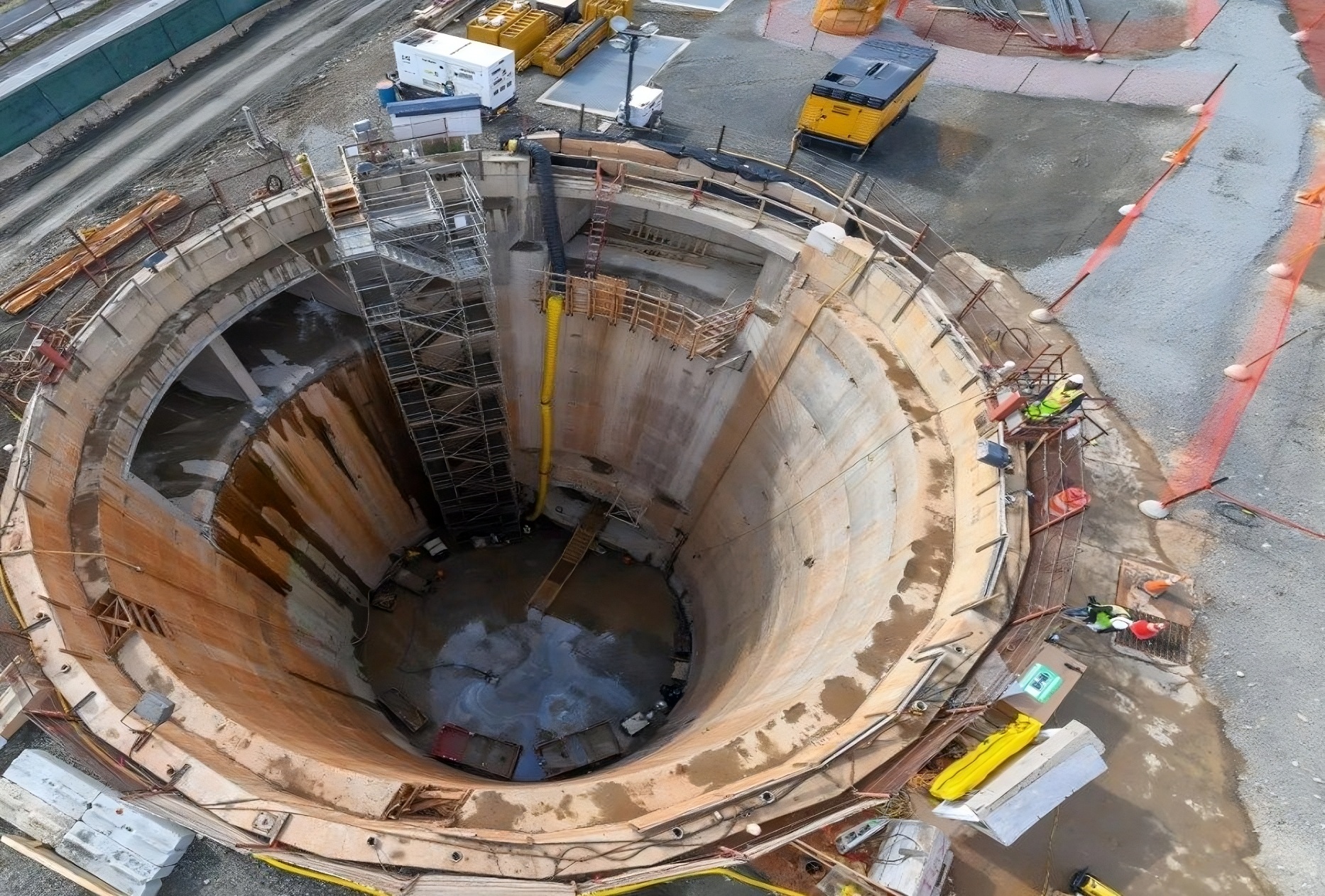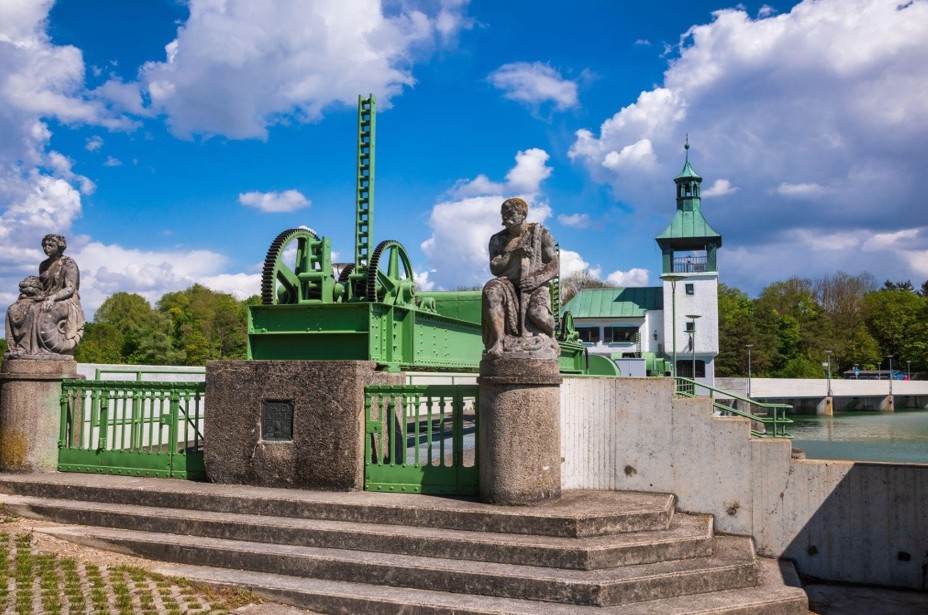Water, as we know, is vital, which is precisely why it must be treated as an essential resource for humanity.
Over the centuries, people have devised ways to protect and harness it, leading to the creation of water systems that have transformed the way we live, such as wastewater treatment plants, water sypply systems, and hydroelectric power stations.
1. Anacostia River Tunnel Project (USA)
Webuild constructed the Anacostia River Tunnel in Washington, D.C. — a key water project in reducing water pollution in the Anacostia River as part of the Clean Rivers initiative.
The 3.8-kilometre tunnel separates wastewater from stormwater, cutting polluting overflows by 98%. This water treatment system has received international awards for its environmental impact and innovative design.
2. Dujiangyan Irrigation System (China)
The Dujiangyan irrigation system, built around 250 BC by Governor Li Bing and his son on the Minjiang River, still irrigates approximately 668,700 hectares across the Chengdu Plain today.
This water supply system consists of three key components: the “Fish Mouth” levee (Yuzui), the “Bottleneck Channel” (Baopingkou), and the sand spillway (Feishayan). Together, they regulate the river’s flow and direct water to the fields, while preventing sediment build-up and flooding.
3. G-Cans Project (Japan)
The G-Cans project is a vast underground flood prevention system located north of Tokyo.
Consisting of five massive silos connected by over 6 kilometres of Tokyo flood tunnels, it channels excess rainwater into a huge reservoir during extreme weather events. Powerful pumps then discharge the water into the Edo River, protecting the city from flooding and typhoons.
The water system can drain up to 200 cubic metres of water per second, thanks to 78 pumps, each with a capacity of 10 megawatts.
4. Augsburg Water Management System (Germany)
The Augsburg water management plant, developed from the 13th century and recognised as a UNESCO World Heritage Site since 2019, comprises 22 structures, including canals fed by the Lech and Wertach rivers as well as natural springs. It features a strict separation between drinking water and service water.
The water system includes water towers, pumps (initially hydraulic, later replaced by turbines), and historic hydroelectric power stations — some of which are still in operation today — that supplied water and hydroelectric energy to the city’s higher elevations.
This pioneering water utility model, incorporating medieval and Renaissance technical innovations, significantly improved urban hygiene and quality of life, standing as a prime example of sustainable water use through the centuries.
5. SMART Tunnel (Malaysia)
The SMART Tunnel (Stormwater Management And Road Tunnel) in Kuala Lumpur is a multi-purpose tunnel designed to divert floodwaters away from critical stretches of the Klang and Ampang rivers.
During moderate rainfall, excess water is channelled into a secondary tunnel beneath the roadway. In cases of heavy downpours, the flood tunnel is closed to traffic and used entirely for drainage, capable of diverting up to 3 million cubic metres of water.




